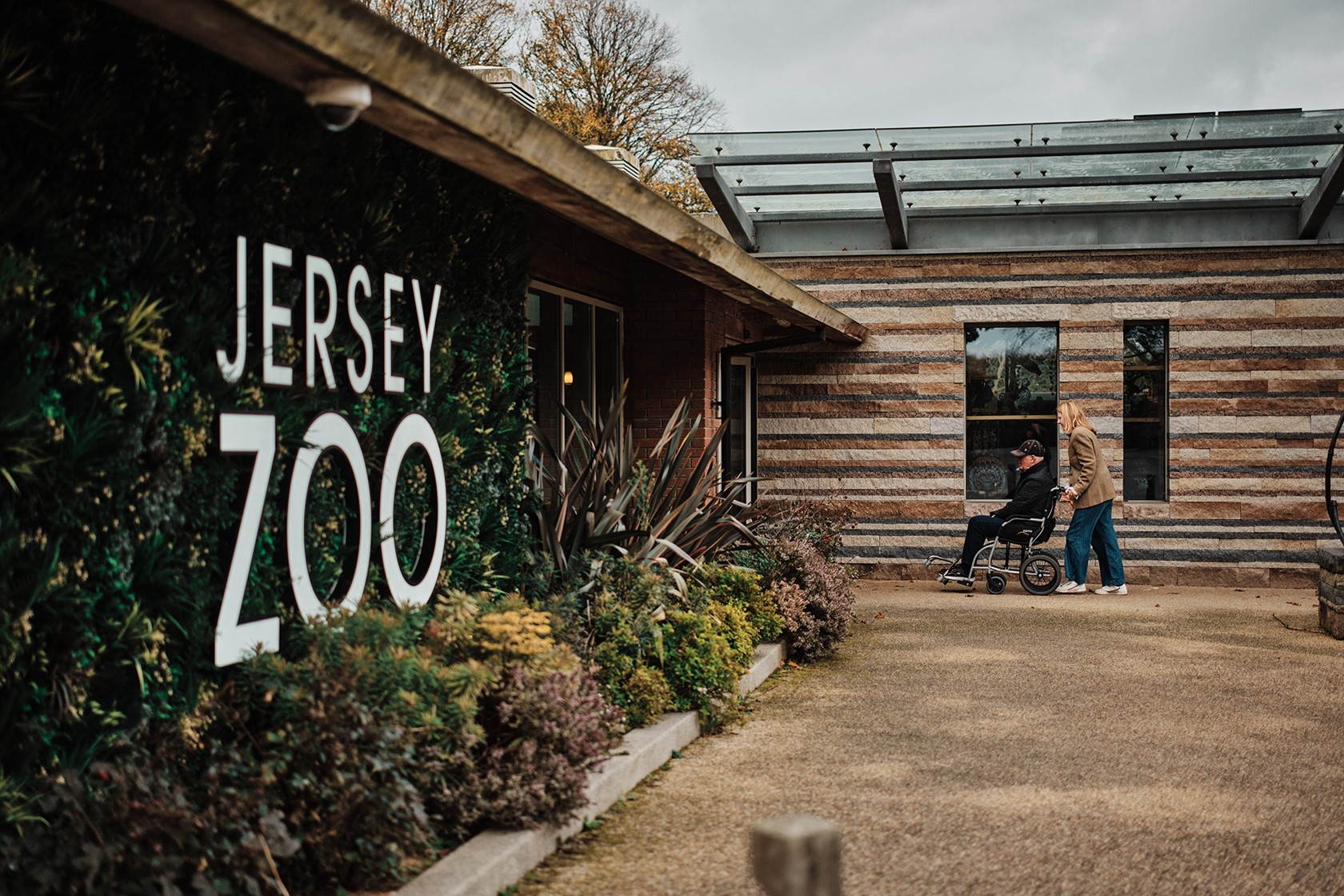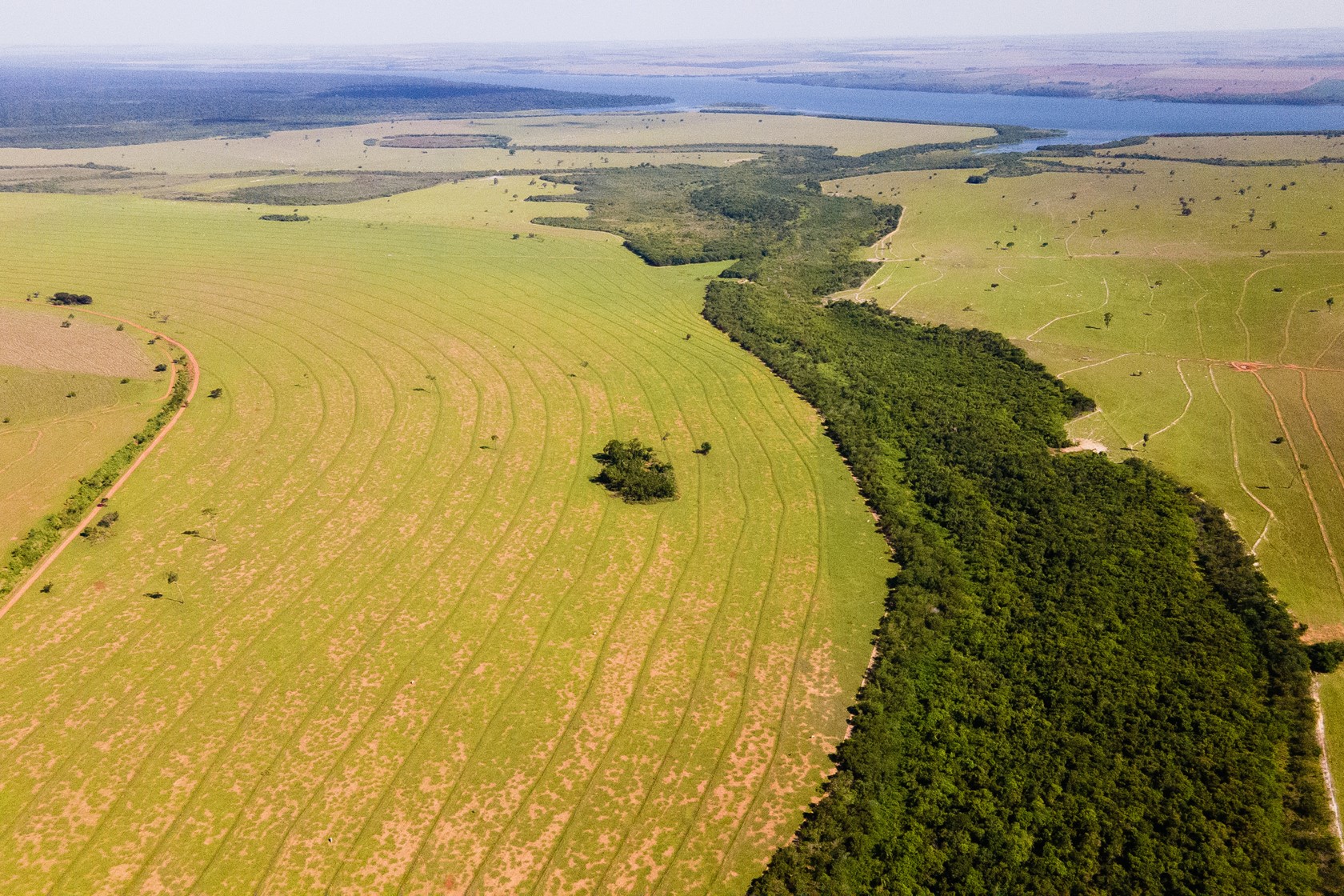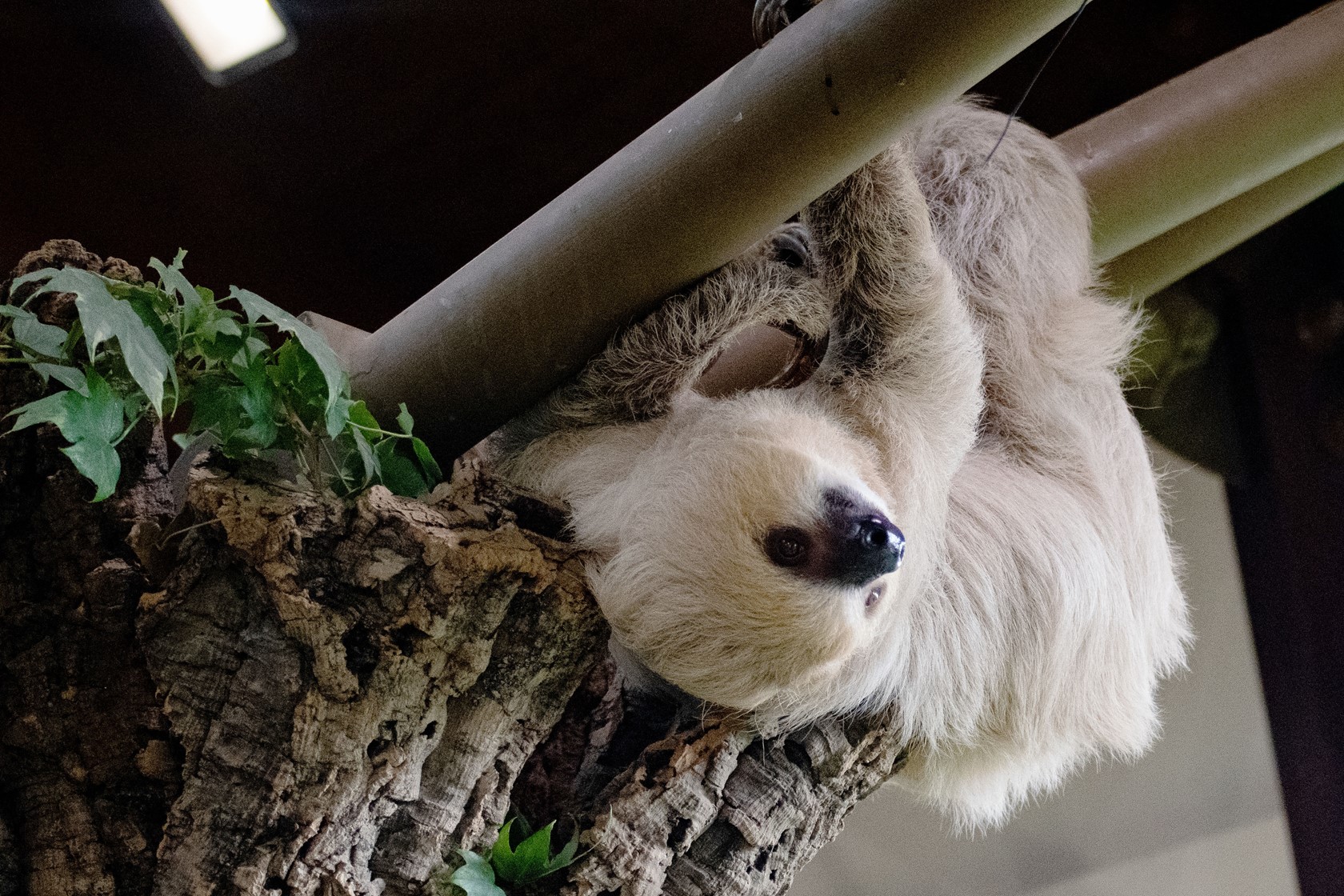Rare pygmy hogs released into the wild
The hogs were released in two groups on the 14th and 17th May by the Pygmy Hog Conservation Programme (PHCP), of which Durrell is a key partner. The release brings the total number of pygmy hogs reintroduced into the wild by the project to 130 individuals.
Pygmy hogs are found only in the tall grasslands of the southern Himalayan foothills. They are currently critically endangered in the wild as a result of the loss and degradation of their unique habitat. Manas National Park is home to the last original population of these rare mammals from which the captive breeding programme started 24 years ago from six captured hogs. The iconic species now returns to its home where the last original population still survives but has dramatically declined.
The reintroduction of captive hogs in the wild began in 2008. Initially, the team selected three protected areas in their past distribution range in Assam where the grasslands were the most suitable. So far, the team have released 35 hogs in Sonai-Rupai Wildlife Sanctuary, 59 in Orang National Park and 22 in Barnadi Wildlife Sanctuary. The reintroductions in Orang have been particularly successful as the released population have multiplied almost two and a half times in number, and have spread to areas far from release locations. With the release of these 14 hogs in Rupahi grasslands in the Bhuyanpara range of Manas National Park, the total number of reintroduced hogs and their progeny is estimated to have reached 200 in the four release sites. About 60 individuals are to be released over five years in the Bhuyanpara range from where they had disappeared.
Project Director, Dr Parag Jyoti Deka of Durrell, said, "Pygmy hogs are incredibly shy. Tracking both wild and released animals is normally achieved by monitoring their nests, droppings or foraging marks and through radio telemetry. We have deployed a large number of camera traps to capture their images, identify marked individuals and to find out if they are reproducing." Project founder and advisor, Dr Goutam Narayan added, "We aim to release pygmy hogs in suitable grasslands of Manas where the species does not currently exist and only in areas that are not directly connected to the locations holding wild pygmy hogs."
Durrell’s Dr Dhritiman Das, who is the project’s Field Scientist, said, "The project is part of the Rewilding Plan to recover the biodiversity-rich grasslands of Manas. The programme is actively collaborating with the Assam Forest Department in species management, community engagement and threatened species recovery to restore grassland diversity. Our species recovery efforts focus not only on the pygmy hogs, but also the Bengal florican and other important species such as the hog deer."
The project team will continue to maintain approximately 70 captive hogs at the two centres in Assam and breed more individuals for release.
The Pygmy Hog Conservation Programme (PHCP) is a collaborative effort between Durrell, IUCN/SSC Wild Pig Specialist Group, Assam Forest Department, Ministry of Environment Forests and Climate Change, Govt of India, EcoSystems-India and Aaranyak.
Photo credits: Images 1 & 4 - Udayan Borthakur / Images 2 & 3 - Goutam Narayan

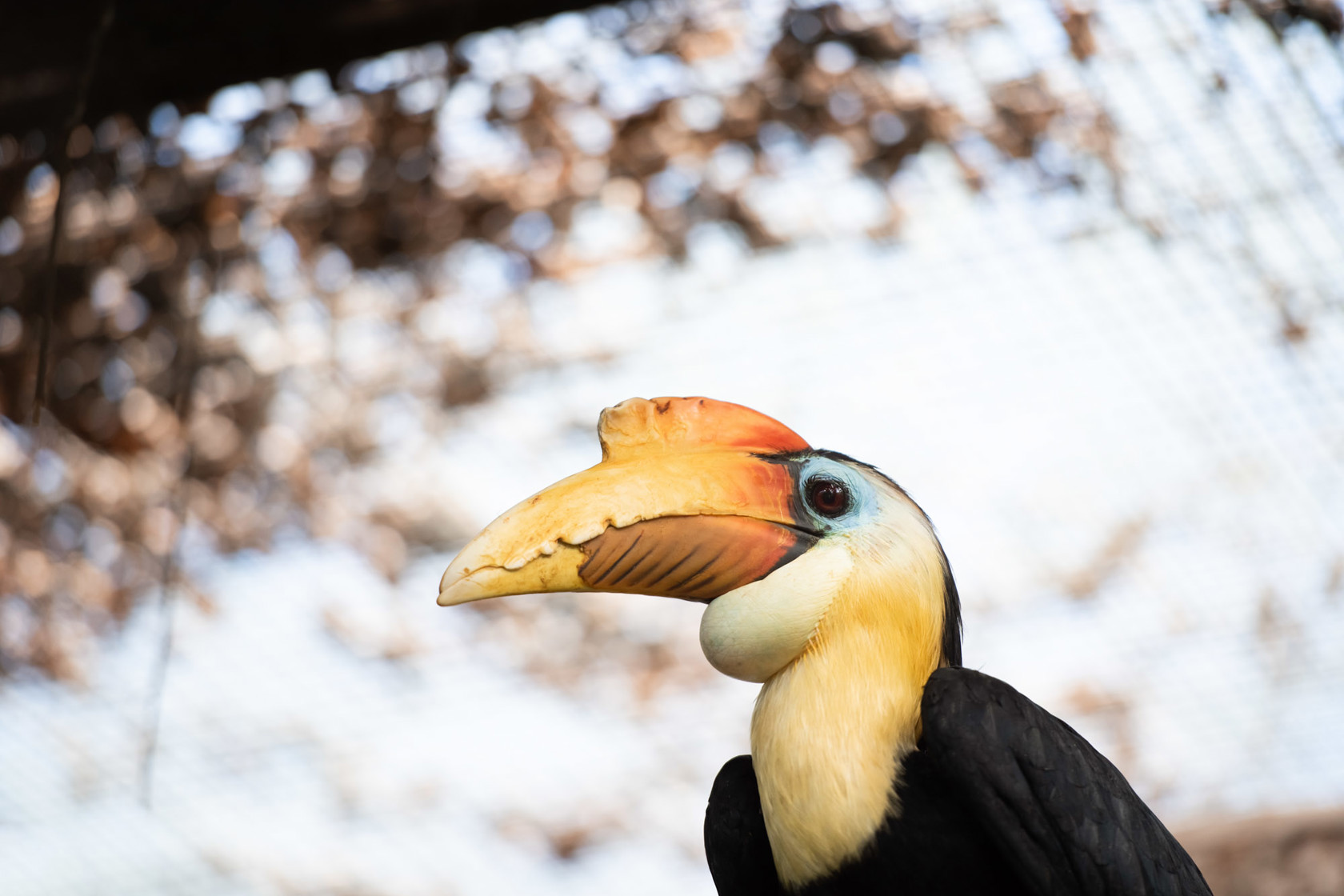
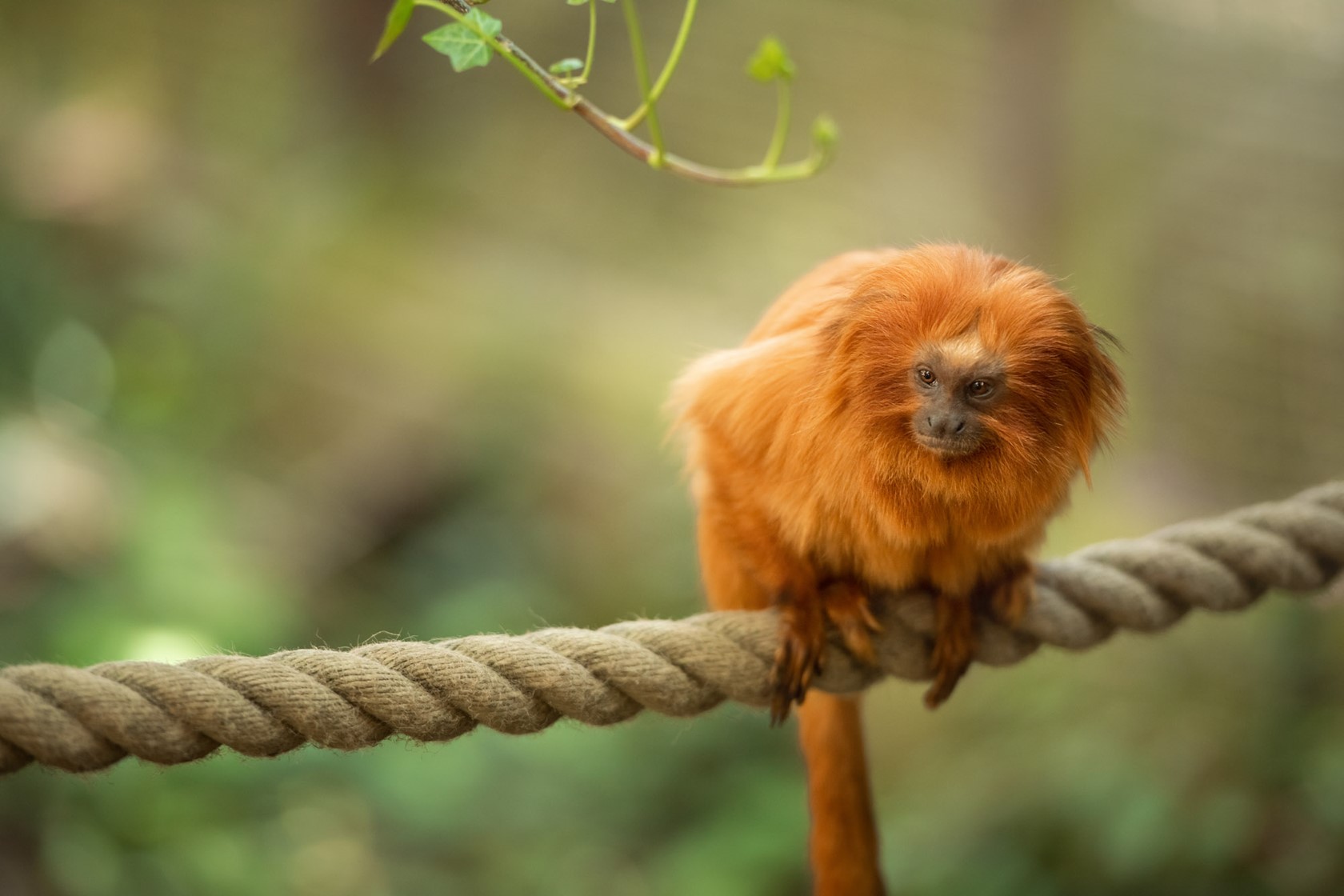
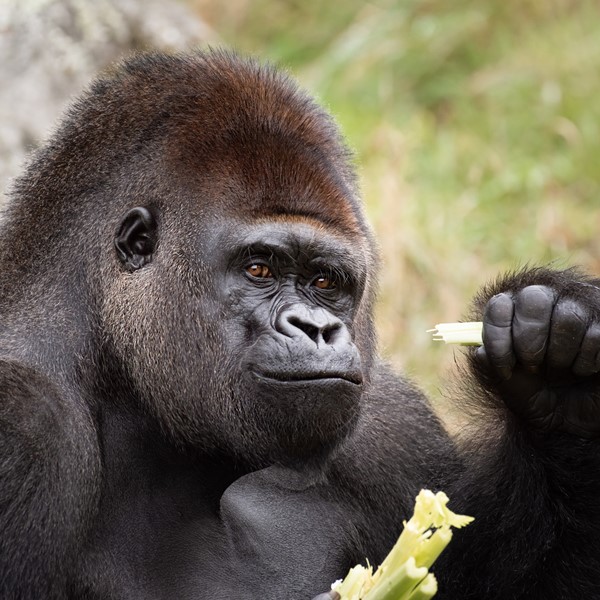 Mammals
Mammals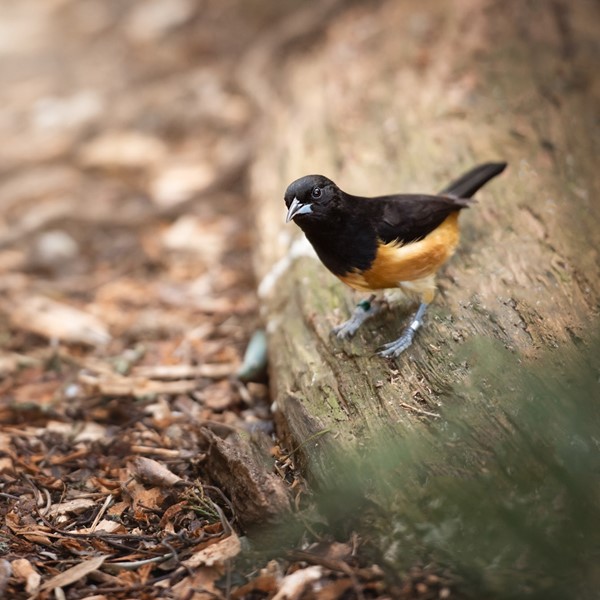 Birds
Birds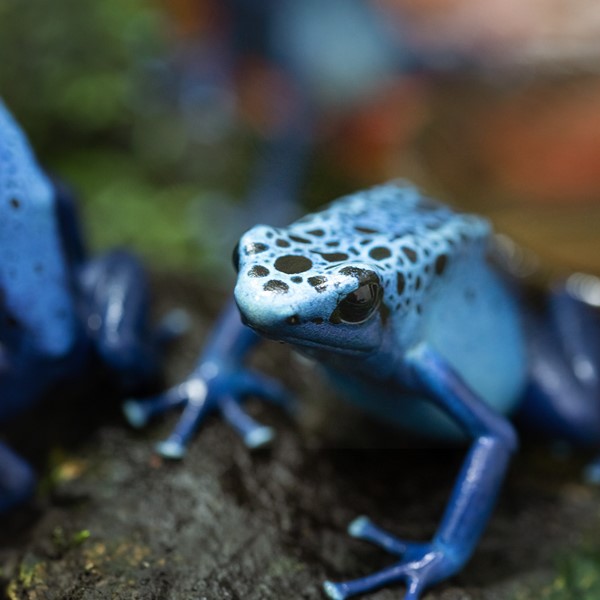 Amphibians
Amphibians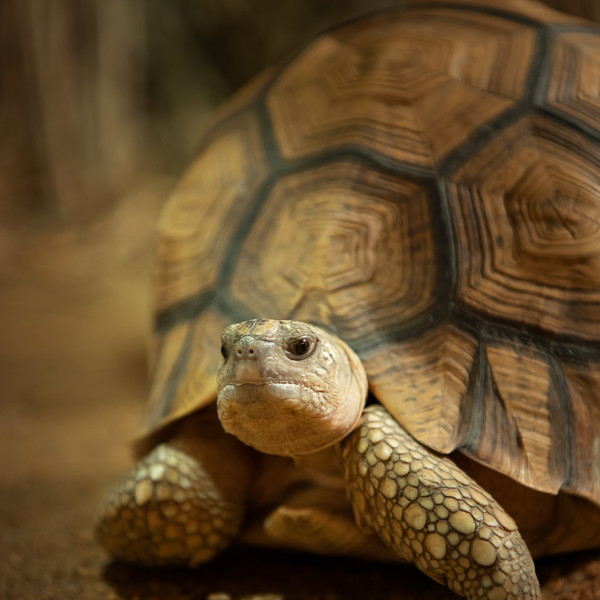 Reptiles
Reptiles